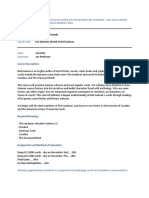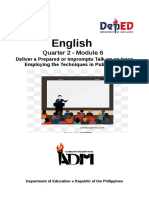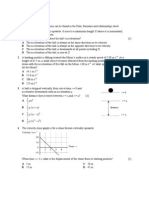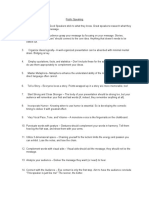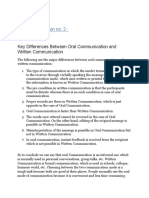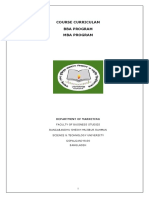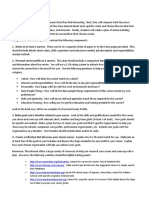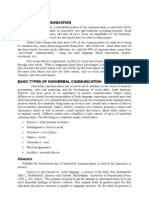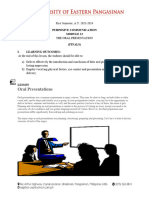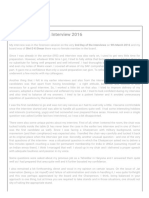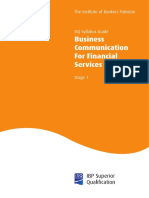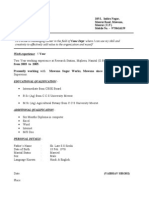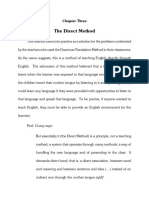0% found this document useful (0 votes)
263 views4 pagesOral Comm
This document provides an overview of communication strategies and principles of public speaking. It discusses types of communication like nomination, turn-taking, topic-shifting, and termination. It also outlines different types of speeches such as informative, persuasive, impromptu, and extemporaneous speeches. Additionally, it covers principles of speech writing like choosing a topic, analyzing the audience, sourcing information, outlining, and delivery techniques like articulation. The document serves as a guide for effective communication, public speaking, and speech writing.
Uploaded by
Nomina MeaCopyright
© © All Rights Reserved
We take content rights seriously. If you suspect this is your content, claim it here.
Available Formats
Download as DOCX, PDF, TXT or read online on Scribd
0% found this document useful (0 votes)
263 views4 pagesOral Comm
This document provides an overview of communication strategies and principles of public speaking. It discusses types of communication like nomination, turn-taking, topic-shifting, and termination. It also outlines different types of speeches such as informative, persuasive, impromptu, and extemporaneous speeches. Additionally, it covers principles of speech writing like choosing a topic, analyzing the audience, sourcing information, outlining, and delivery techniques like articulation. The document serves as a guide for effective communication, public speaking, and speech writing.
Uploaded by
Nomina MeaCopyright
© © All Rights Reserved
We take content rights seriously. If you suspect this is your content, claim it here.
Available Formats
Download as DOCX, PDF, TXT or read online on Scribd
/ 4
